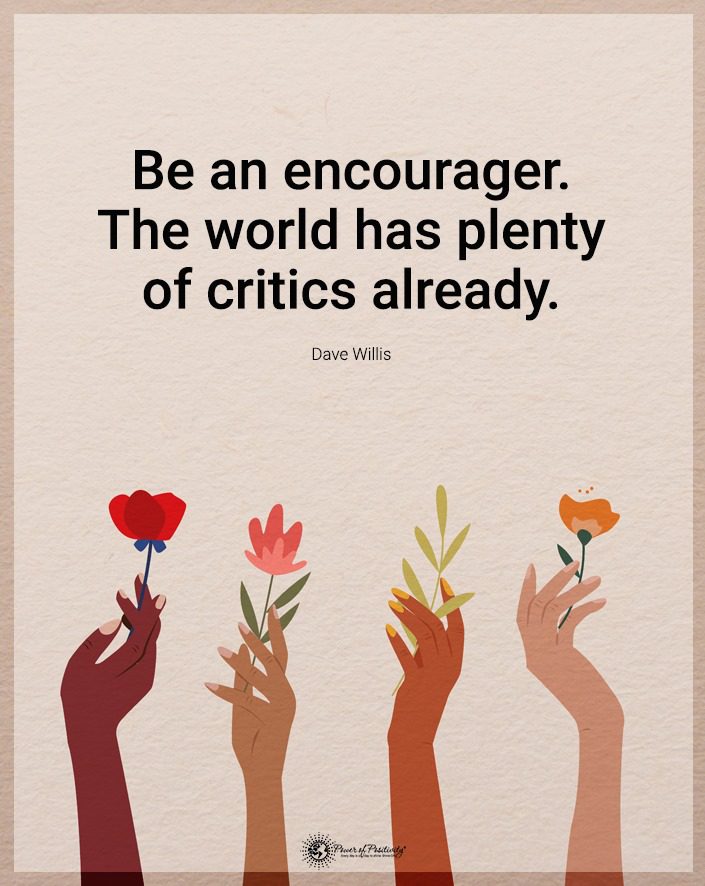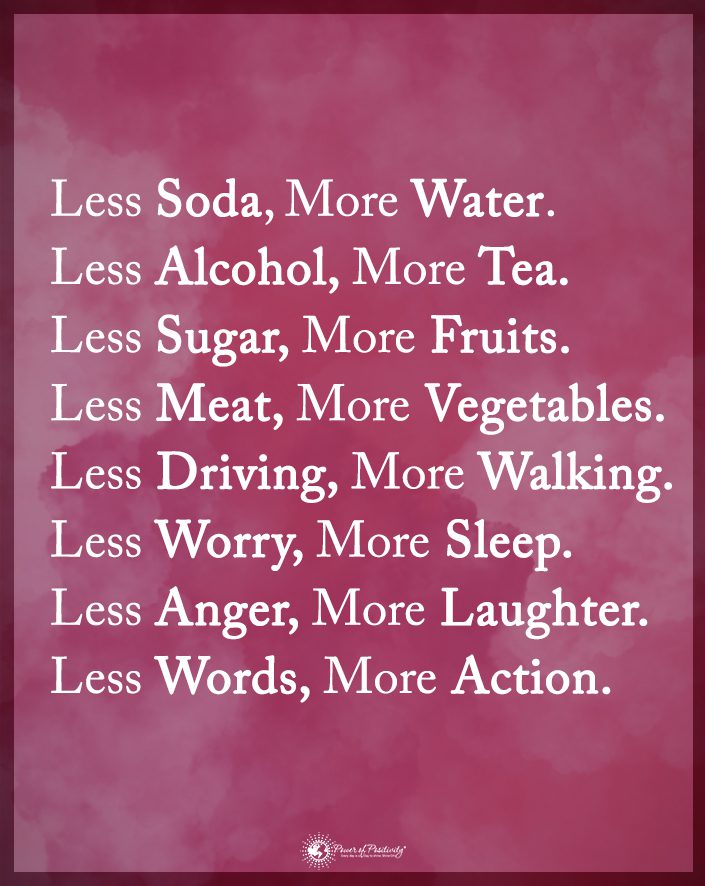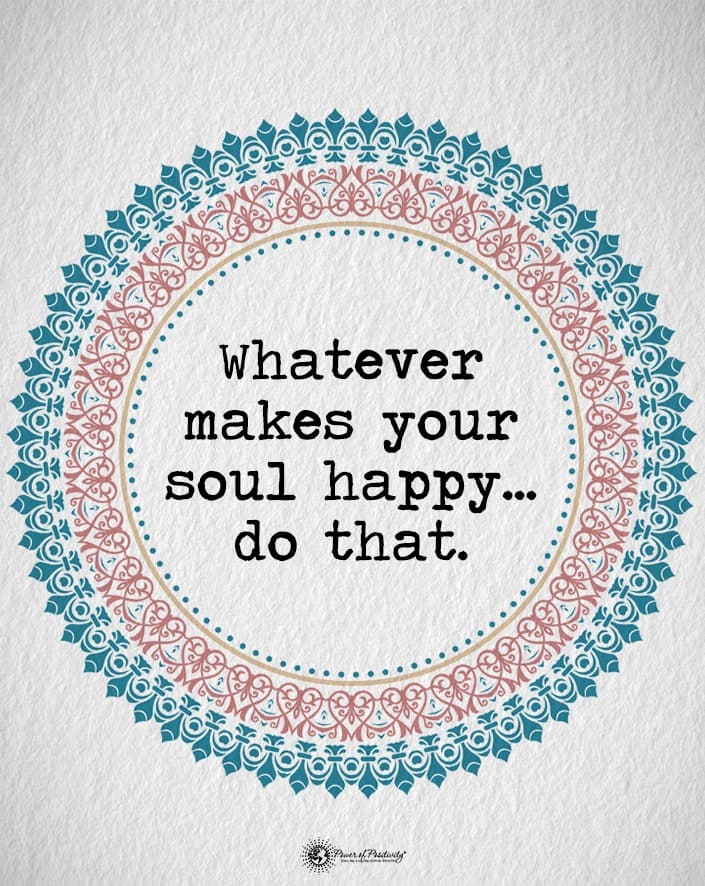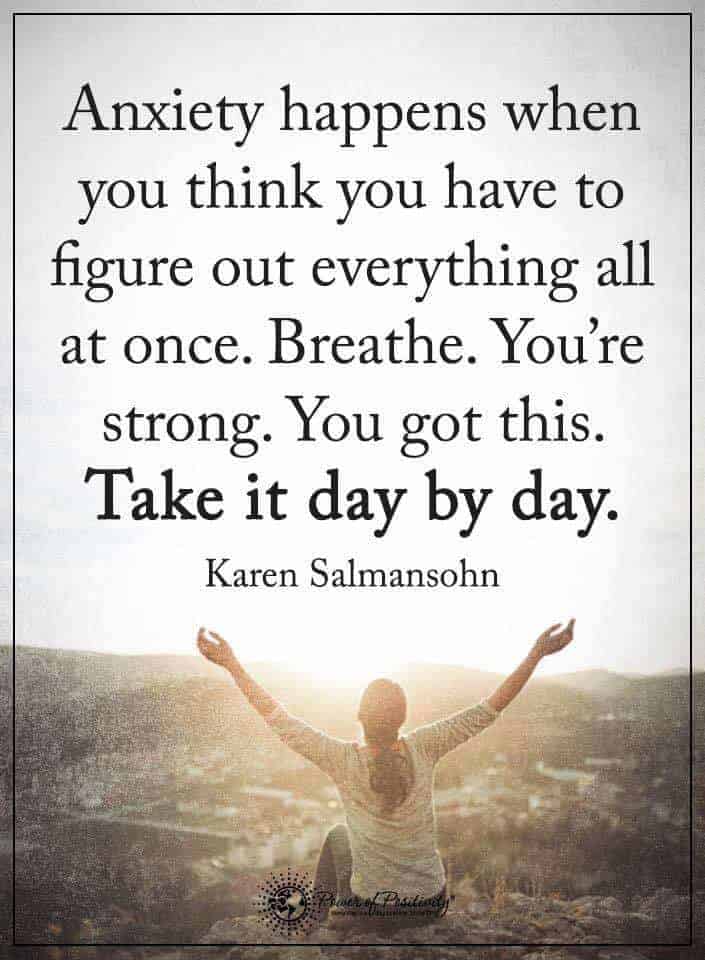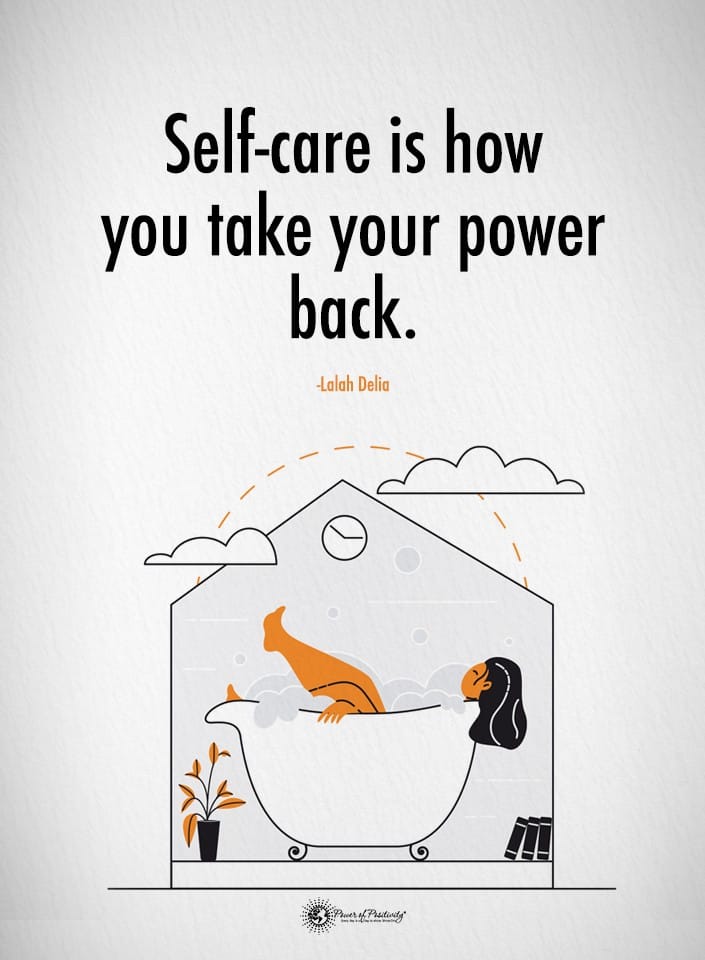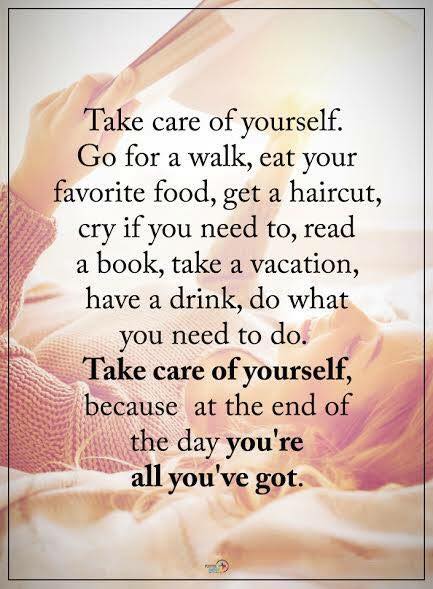Here’s why you should never tell a young child to “calm down.”
Our words can have a profound impact when interacting with a toddler or young child, especially during heightened emotions. (Ahem, temper tantrum!) One counterproductive phrase adults overly rely on is “calm down.”
At first glance, “calm down” may seem like a reasonable request. After all, those words ask the child to regain control of their emotions. However, this phrase can be confusing and harmful for a child for several reasons.
“Calm Down” Is Too Abstract for a Toddler
The phrase “calm down” is an abstract concept that can be particularly challenging for a toddler or young child to grasp. That is primarily due to their stage of cognitive development. According to Jean Piaget’s theory of cognitive development, young children, especially those under the age of six, are in the preoperational stage of cognitive development.
During this stage, children are typically egocentric and struggle with abstract thinking. They understand the world around them through direct interaction and concrete experiences rather than abstract concepts.
When we tell a child to “calm down,” we ask them to regulate their emotions. But that complex process involves recognizing and understanding one’s emotional state. It also asks them to use this understanding to respond appropriately.
That is a sophisticated cognitive task. Most toddlers or young children can handle it. Without a concrete understanding of what “calm” feels like or the steps to achieve this state, the request to “calm down” can be confusing and even anxiety-provoking.
It’s akin to telling someone to “think outside the box” without providing any context or guidance on how to do so. The result can be increased frustration and emotional overwhelm rather than the desired calming effect.
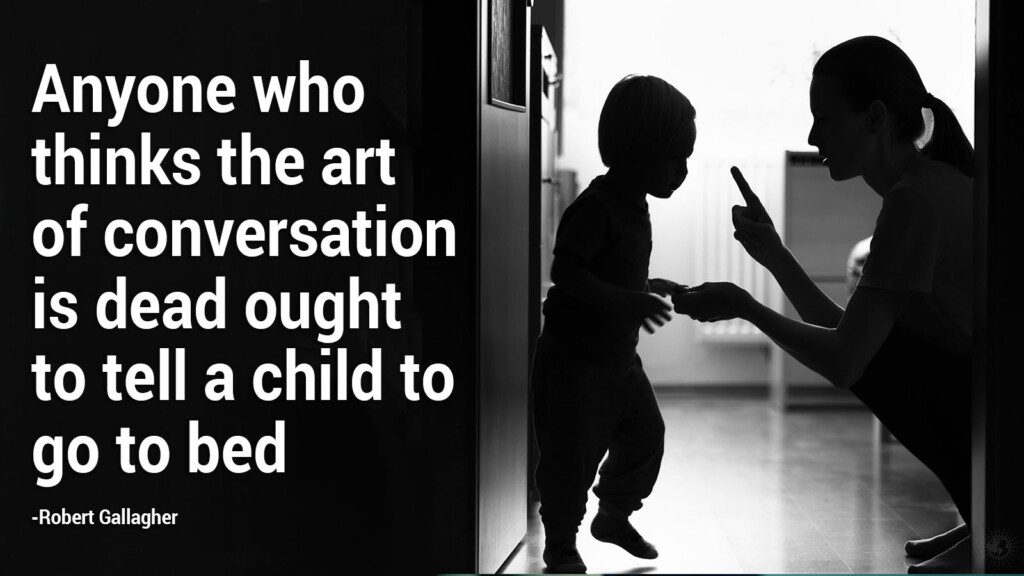
So, what should we do instead?
The key is to provide children with concrete strategies and tools to manage their emotions. It can involve teaching them simple breathing exercises or using visual aids to help them understand the concept of calming down.
For example, you might say, “I can see you’re upset. Let’s take deep breaths together,” while demonstrating slow, deep breaths. That wording not only gives them a concrete action to focus on but also models a simple technique for self-regulation.
Additionally, it can be helpful to validate their feelings before guiding them toward calming down. That might look like saying, “I can see that you’re really upset because you can’t have the toy right now. That’s really hard, isn’t it?”
It acknowledges their feelings, making them feel seen and heard, and can often help to diffuse the intensity of the emotion.
So while “calm down” is a well-intentioned phrase, it’s often too abstract for young children to understand. Instead, using concrete strategies, modeling calming behaviors, and validating their emotions can be far more effective in helping them manage their emotional states.
“Calm Down” Dismisses the Hurt Feelings of a Toddler
When children, especially toddlers, are told to “calm down,” it can often feel dismissive. That is because the phrase does not acknowledge the child’s feelings or the situation that led to their agitation. Instead, it focuses solely on the child’s behavior, which can send an unintended message that their feelings are unimportant or inappropriate.
Your toddler is at a stage where they are just beginning to understand and express their emotions. They often do this through behaviors that adults might find challenging, such as tantrums or crying. When their emotional expression receives the admonition to “calm down,” it can feel like a rejection of their feelings. That can lead to negative feelings like shame or guilt about their natural emotional responses, which can harm their emotional development and self-esteem.
So, what should we do instead?
The first step is to validate the child’s feelings. Validation does not mean agreeing with or endorsing their behavior. Instead, it means acknowledging their emotions.
For example, you might say, “I can see that you’re really upset because you can’t have another cookie.”
This language communicates to the child that adults feel and understand their feelings. Therefore, it often helps to de-escalate the situation.
Finally, remember that a toddler will learn much from observing the adults around them. If you remain calm and composed during their emotional outbursts, it can help them learn to do the same. It’s also important to model empathy and understanding, showing them that it’s okay to have strong feelings and that there are healthy ways to manage them.
To adults, “calm down” might seem like a quick solution. But it can often feel dismissive to a toddler. Instead, validating their feelings, guiding them towards calming behaviors, and modeling emotional regulation can be far more effective in helping them navigate their emotions.
Saying “Calm Down” Does Not Teach Coping Skills to a Toddler
Using the phrase “calm down” does not provide any constructive solution or alternative behavior for a child experiencing strong emotions. It’s a directive that focuses on the result – the child being calm. But it fails to provide any guidance on how to reach that state. That is akin to telling someone to reach a destination without providing a map or directions. This can be confusing and unhelpful for a child, especially one already feeling overwhelmed.
Toddlers are still learning how to navigate their emotions and reactions. They often don’t have the necessary tools or understanding to calm themselves down without guidance. When we tell them what not to do – in this case, to stop being upset – without offering an alternative, we miss an opportunity to teach them valuable emotional regulation skills.
So, what should we do instead?
One approach is to encourage them to express their feelings in words. That technique not only helps them to understand their own emotions better but also promotes emotional literacy. You might say, “Can you tell me why you’re upset?” or “It’s okay to feel angry. Can you use your words to tell me more about how you’re feeling?”
In situations where the child is too upset to engage in these strategies, suggest a calming activity they enjoy. It could be reading a favorite book, listening to a favorite song, or cuddling with a beloved stuffed animal. The goal is to provide them with tools and strategies that they can use to self-soothe and regulate their emotions.
While “calm down” might seem like a simple solution, it often fails to provide children with the guidance they need to manage their emotions. Instead, guiding them towards constructive behaviors and teaching them emotional regulation skills can be far more beneficial in the long run.
Emotion Coaching and Teaching the Toddler How to Cope
Emotion coaching is a communication strategy that involves acknowledging a child’s feelings, validating those feelings, and then guiding the child to a more appropriate response. Psychologist John Gottman developed this approach. It is a powerful tool for helping children learn to manage their emotions.
Here’s how it might work in practice:
- Acknowledge the Emotion: Start by recognizing and naming the emotion your child is feeling. For example, you might say, “I can see you’re feeling frustrated right now.”
- Validate the Emotion: Let your child know it’s okay to feel like they do. You might say, “It’s okay to feel frustrated. Everyone feels that way sometimes.”
- Set Boundaries: While validating the emotion is essential, setting boundaries is also crucial if the child’s behavior is inappropriate. You might say, “It’s okay to feel frustrated, but it’s not okay to hit your brother.”
- Problem-Solve Together: Finally, work with your child to find a solution to the problem. That might involve brainstorming solutions together, or you might suggest a strategy they could use. For example, you might say, “When I feel frustrated, I find it helps to close my eyes and take a few deep breaths. Would you like to try that with me?”
The emotion coaching approach helps the child calm down at the moment. It also teaches them valuable skills for managing their emotions in the future. It’s a more constructive alternative than simply telling a child to “calm down,” it can be a powerful tool for promoting emotional intelligence.
Final Thoughts on Why “Calm Down” Can Harm a Toddler
While often well-intentioned, the phrase “calm down” can be confusing and even harmful to a toddler. At their stage of cognitive development, a toddler still learning to understand and manage their emotions. Abstract commands like “calm down” can be too complex for them to comprehend without concrete guidance. Thus, it may lead to increased frustration and emotional overwhelm.
Moreover, telling toddlers to calm themselves can unintentionally dismiss their feelings, making them feel their emotions are unimportant or inappropriate. That can lead to negative feelings of shame or guilt about their natural emotional responses, harming their emotional development and self-esteem.
Finally, the phrase “calm down” does not provide any constructive solution or alternative behavior. Every toddler needs guidance on managing their emotions effectively, and simply telling them to “calm down” misses the opportunity to teach them valuable emotional regulation skills.
Instead of resorting to “calm down,” consider strategies like emotion coaching, which involves acknowledging and validating a child’s feelings, setting boundaries for inappropriate behavior, and guiding them toward more effective responses. Techniques like deep breathing exercises, expressing feelings in words, and engaging in calming activities can also be beneficial.
Remember that your toddler has a mind like a sponge, soaking up everything nearby. So stay firm but patient and kind when teaching them the essential life skill of coping with emotional outbursts. Little eyes are watching and learning from your actions.

